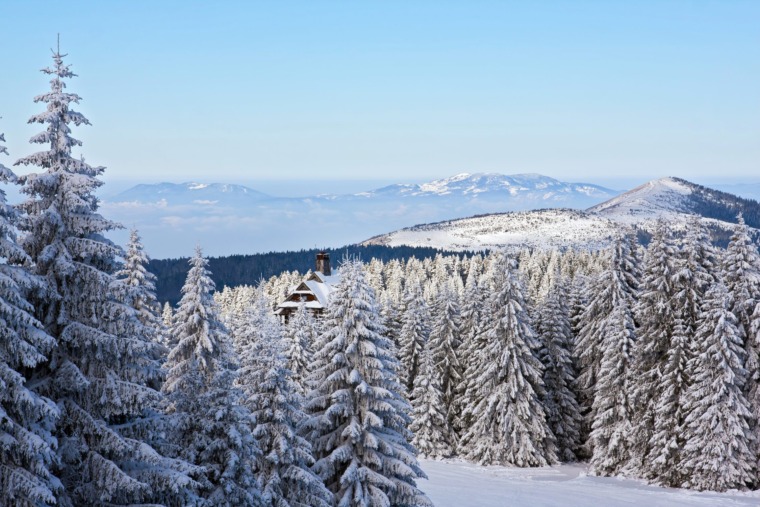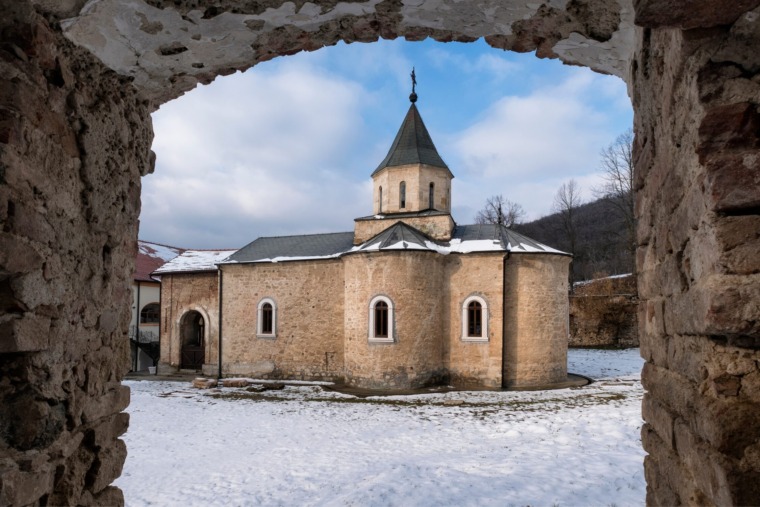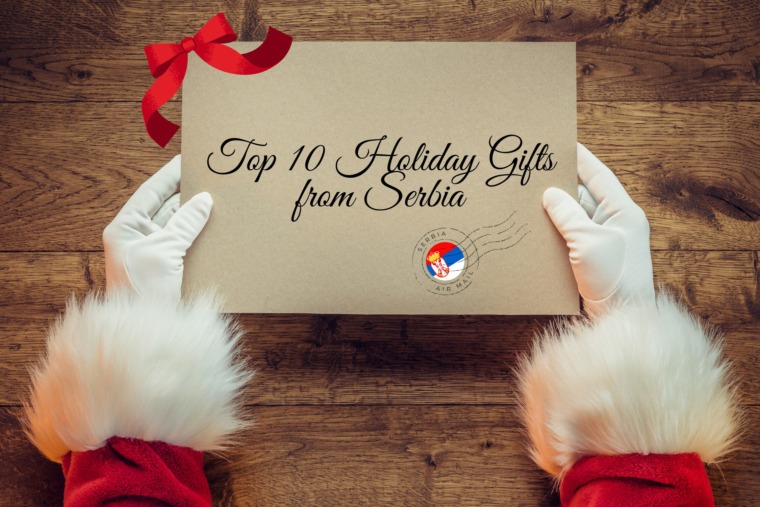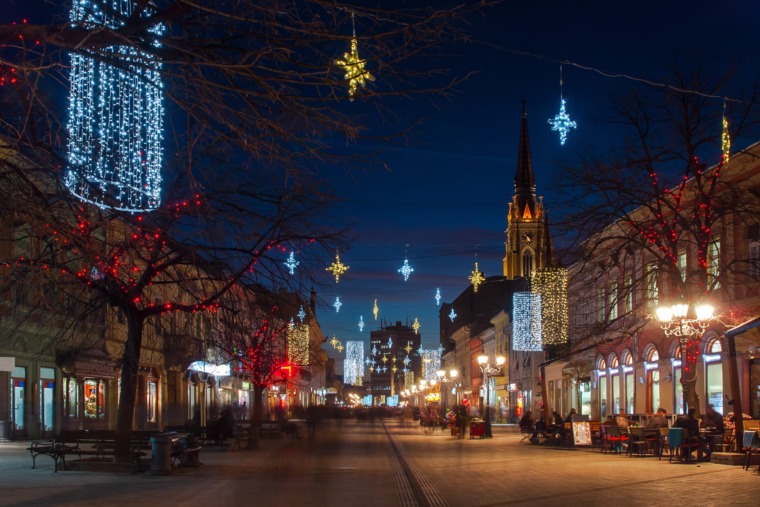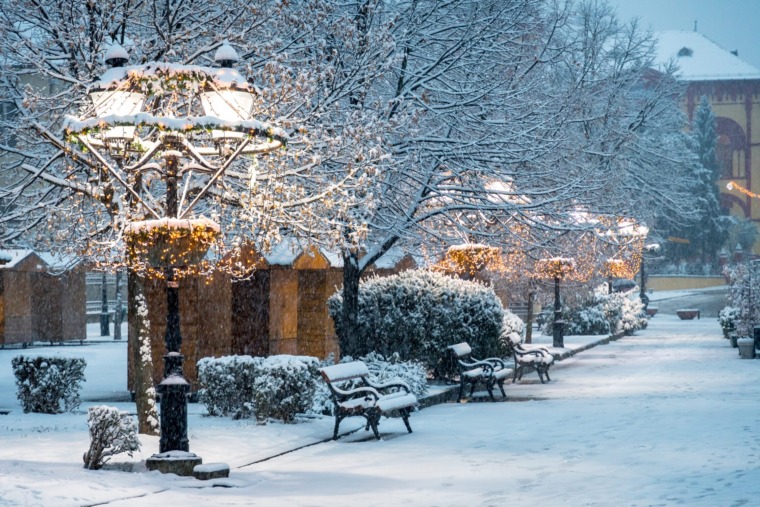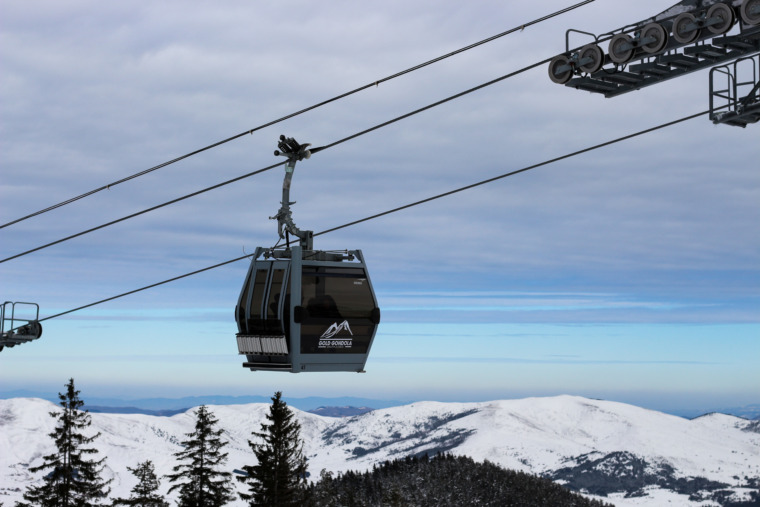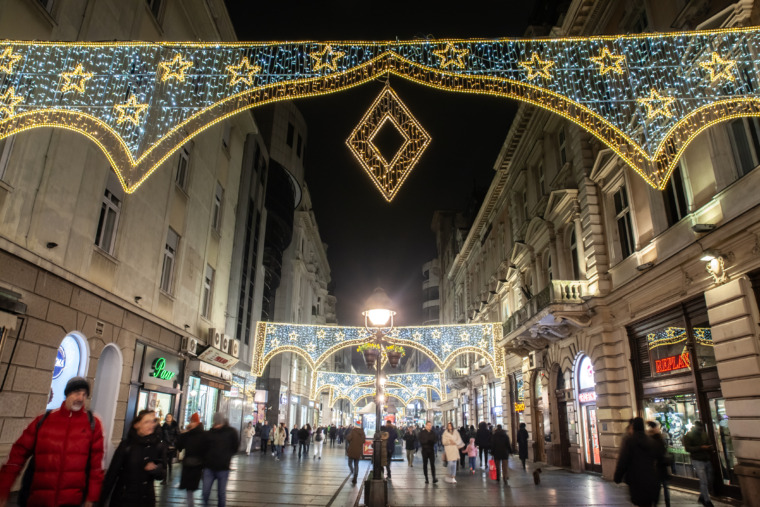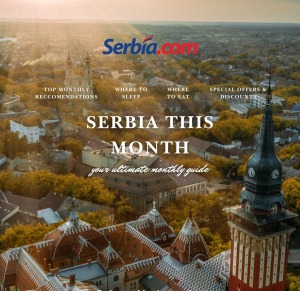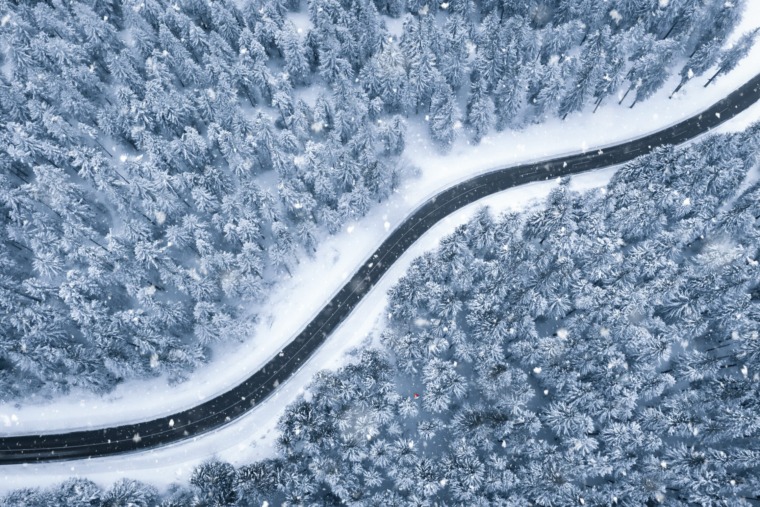
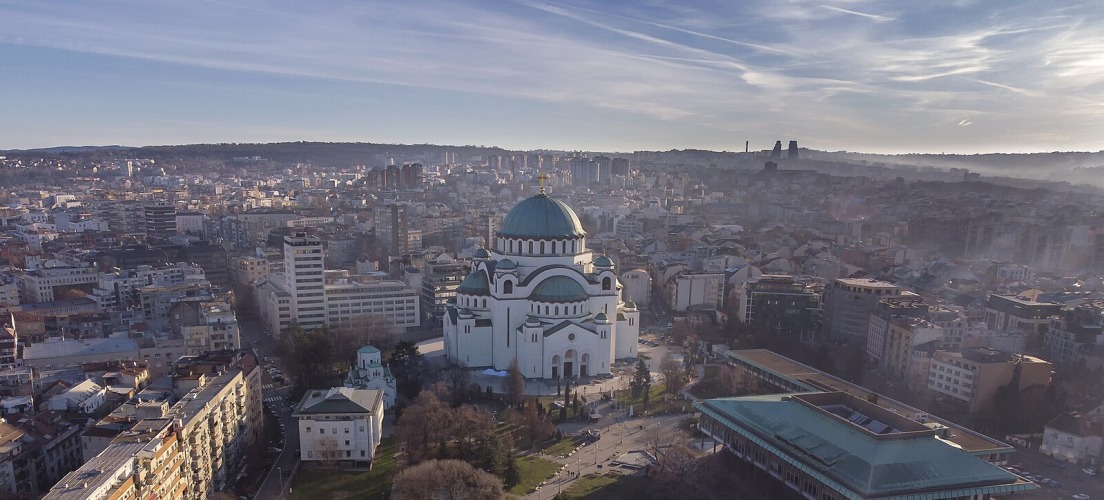
Vračar is more than just a municipality—it’s the soul of Belgrade. A place where history, spirituality, culture, and modern urban life intertwine. Although the smallest municipality in terms of area, Vračar is one of the most symbolically significant parts of the Serbian capital.
A Brief History of Vračar
The name “Vračar” was first recorded in the 15th century. According to legend, it originates from the word vrač, meaning “healer” or “sorcerer,” because the area was believed to be inhabited by people with healing powers. Its greatest historical significance, however, is tied to the burning of Saint Sava’s relics in 1595, ordered by Ottoman Grand Vizier Sinan Pasha. The place where this tragic event occurred is today one of the holiest sites in Serbia: The Church of Saint Sava.
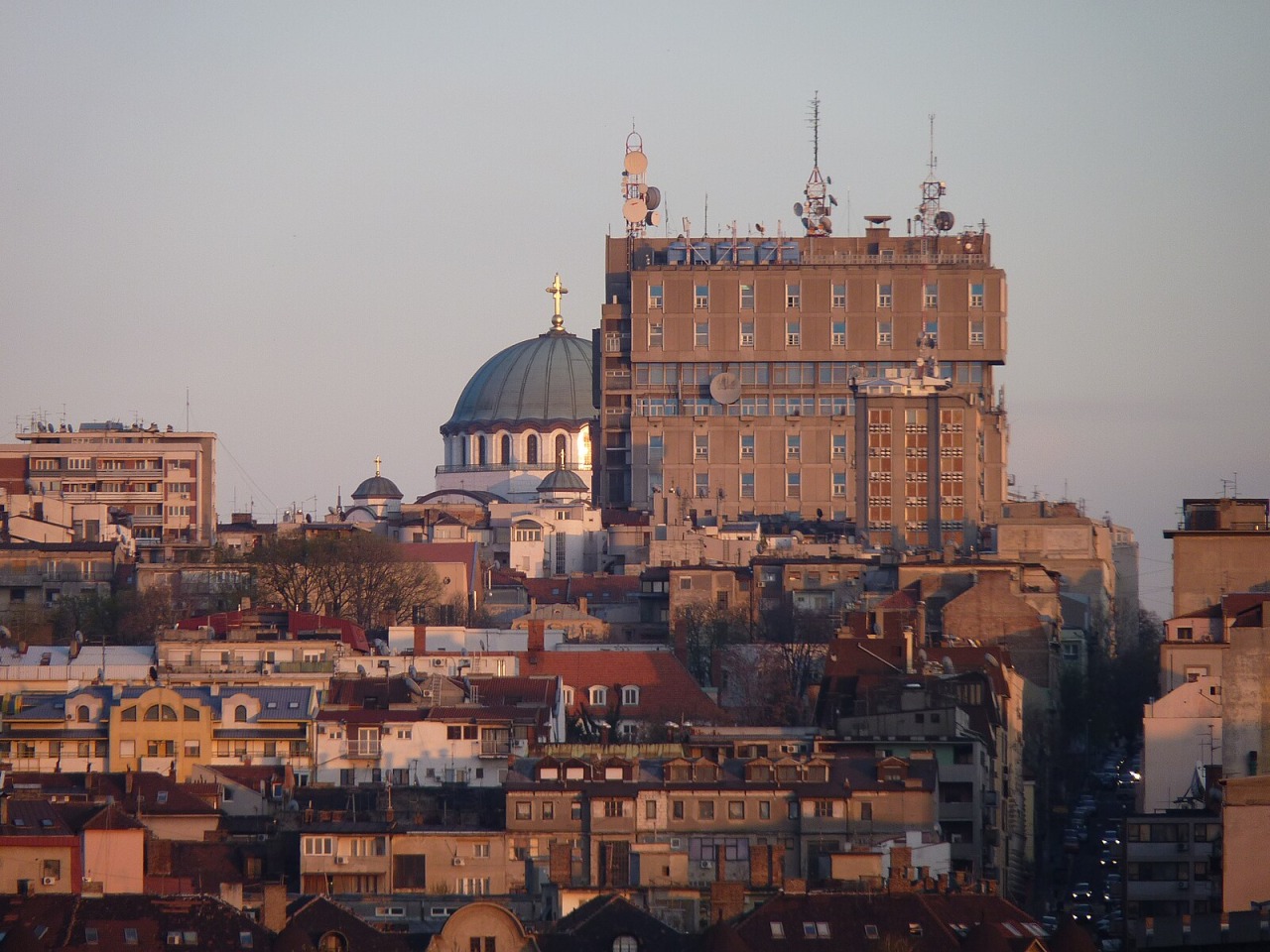
In the 19th and 20th centuries, Vračar evolved into a hub of urbanization, education, culture, and art—home to many of Serbia’s great thinkers and creators.
Top Attractions in Vračar
🕍 The Church of Saint Sava
One of the largest Orthodox churches in the world and the most prominent religious landmark in Serbia. Built over decades, the church features breathtaking mosaics, including a grand depiction of Christ Pantocrator in its dome. It stands not only as a place of worship but also as a symbol of national identity and resilience.
📚 National Library of Serbia
Right next to the church stands the country’s most important literary institution. It’s not only a place for study but also hosts exhibitions and cultural events throughout the year.
⛪ The Old Church of Saint Sava (Small Church)
Located just beside the great temple, this church was built in 1895 and was once the spiritual center of Belgrade. Its warm and peaceful atmosphere makes it a favorite among visitors.
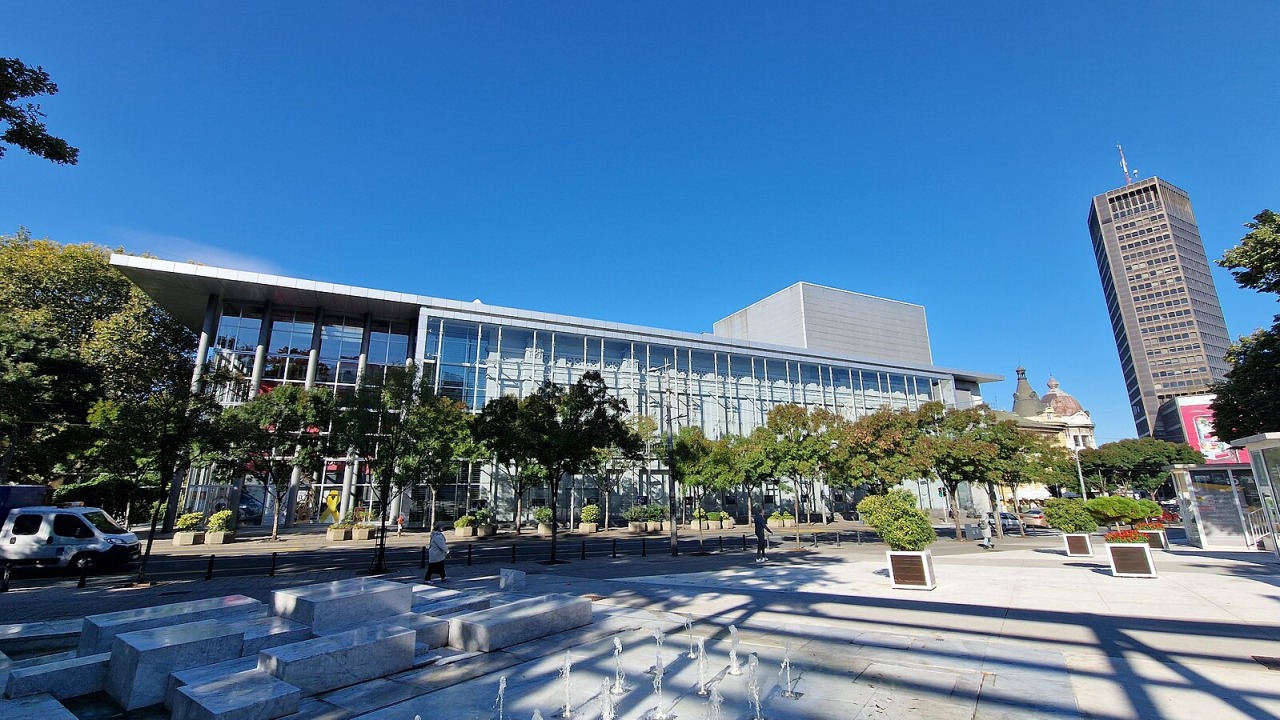
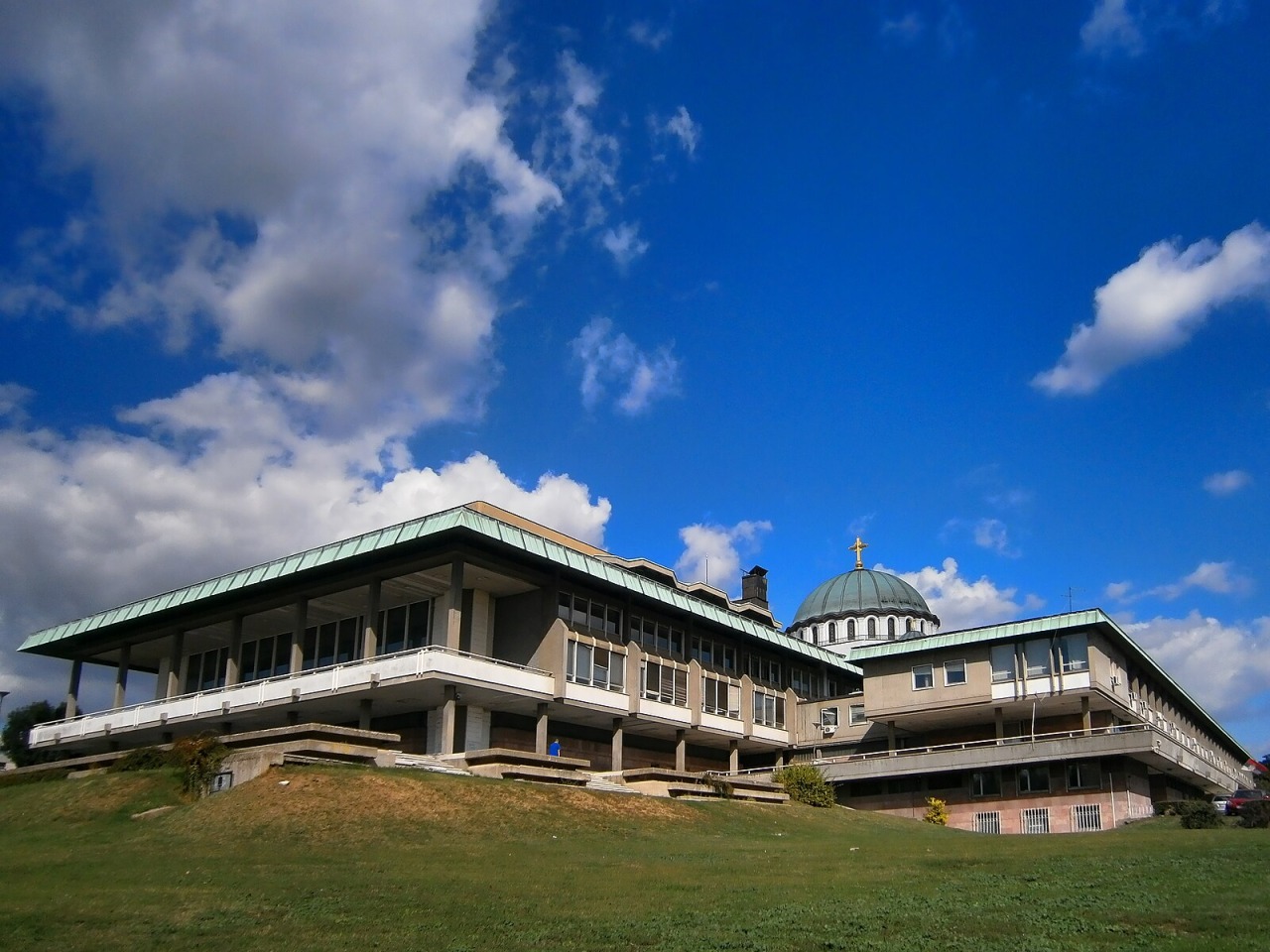
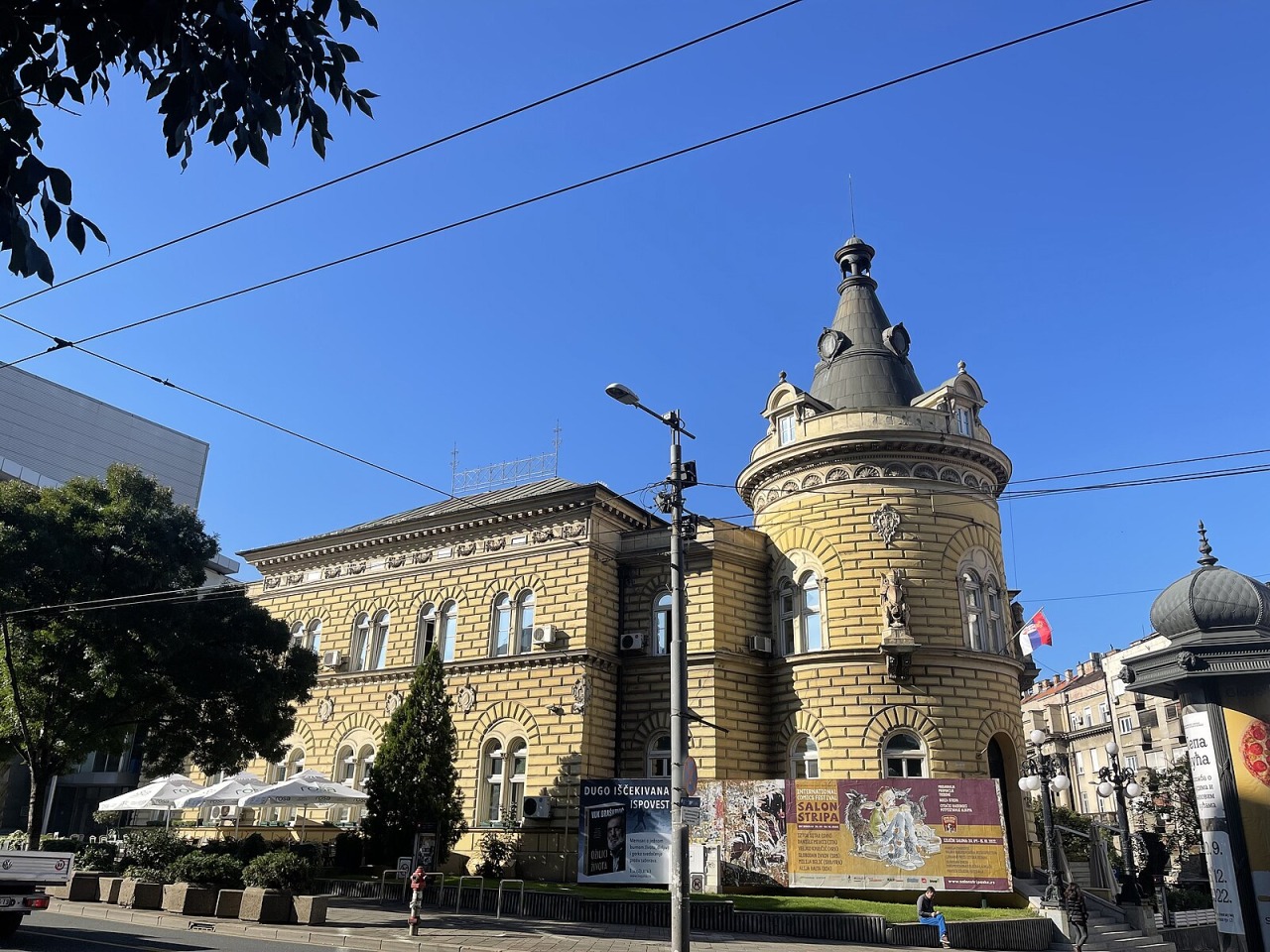
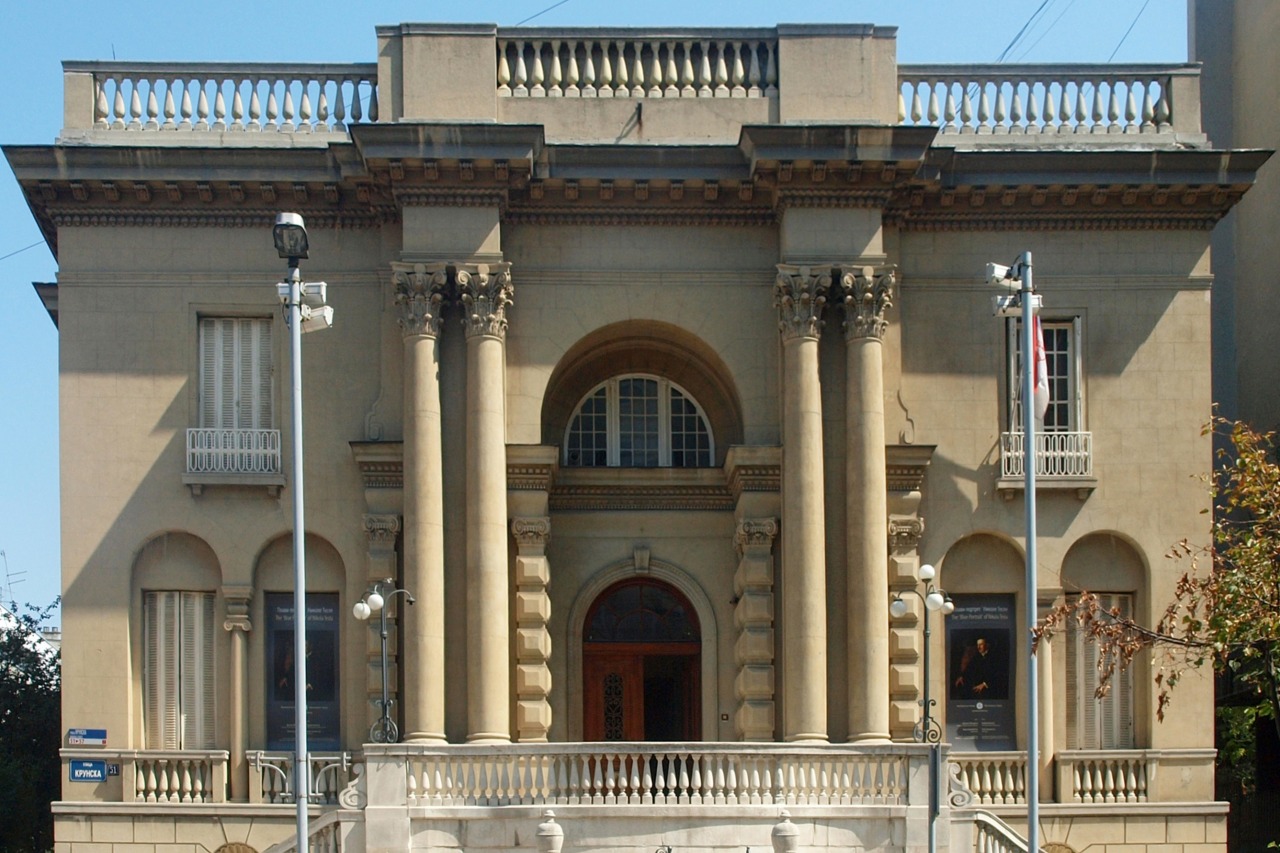
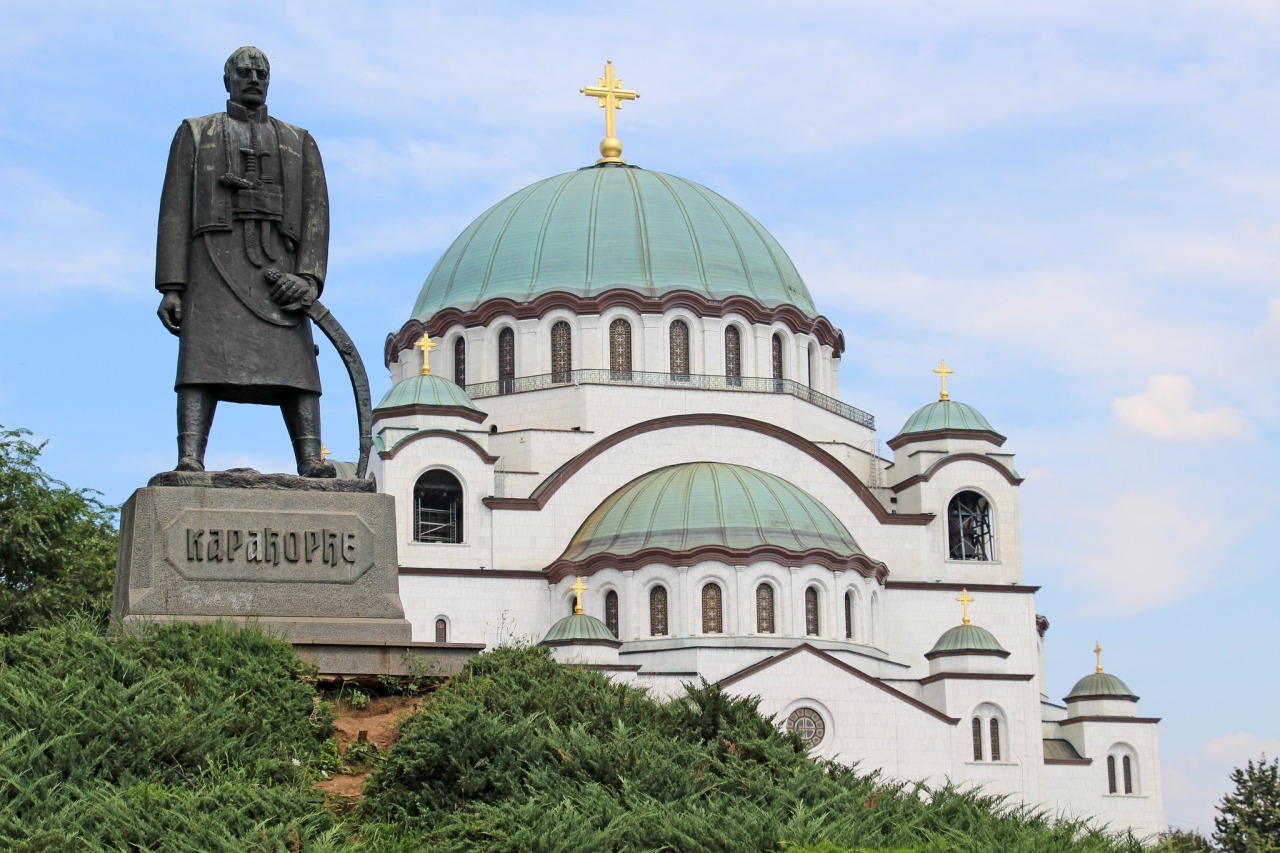
🧠 Nikola Tesla Museum
Located in a residential building from the 1920s, this museum holds the personal belongings, scientific papers, and even the urn of one of the world’s greatest inventors. Interactive demonstrations of Tesla’s inventions are especially popular with visitors.
🌳 Karađorđe’s Park
One of Belgrade’s oldest parks, named after the leader of the First Serbian Uprising. It features monuments to Serbian soldiers and is a peaceful green space in the heart of the city, perfect for reflection and rest.
🎭 Yugoslav Drama Theatre (JDP)
One of the most prestigious theaters in the region, JDP is a cornerstone of Serbian performing arts. Located in central Vračar, it’s known for high-quality productions and a loyal, cultured audience.
🏙️ Beograđanka (Belgrade Palace)
This iconic high-rise, completed in 1974, was once the tallest building in the city and remains a symbol of modernist Belgrade. Known for its sleek dark-glass façade and panoramic views, Beograđanka stands at the edge of Vračar and still houses offices, boutiques, and cultural spaces. A walk around it gives you a glimpse into the city’s architectural evolution and its bold urban identity.
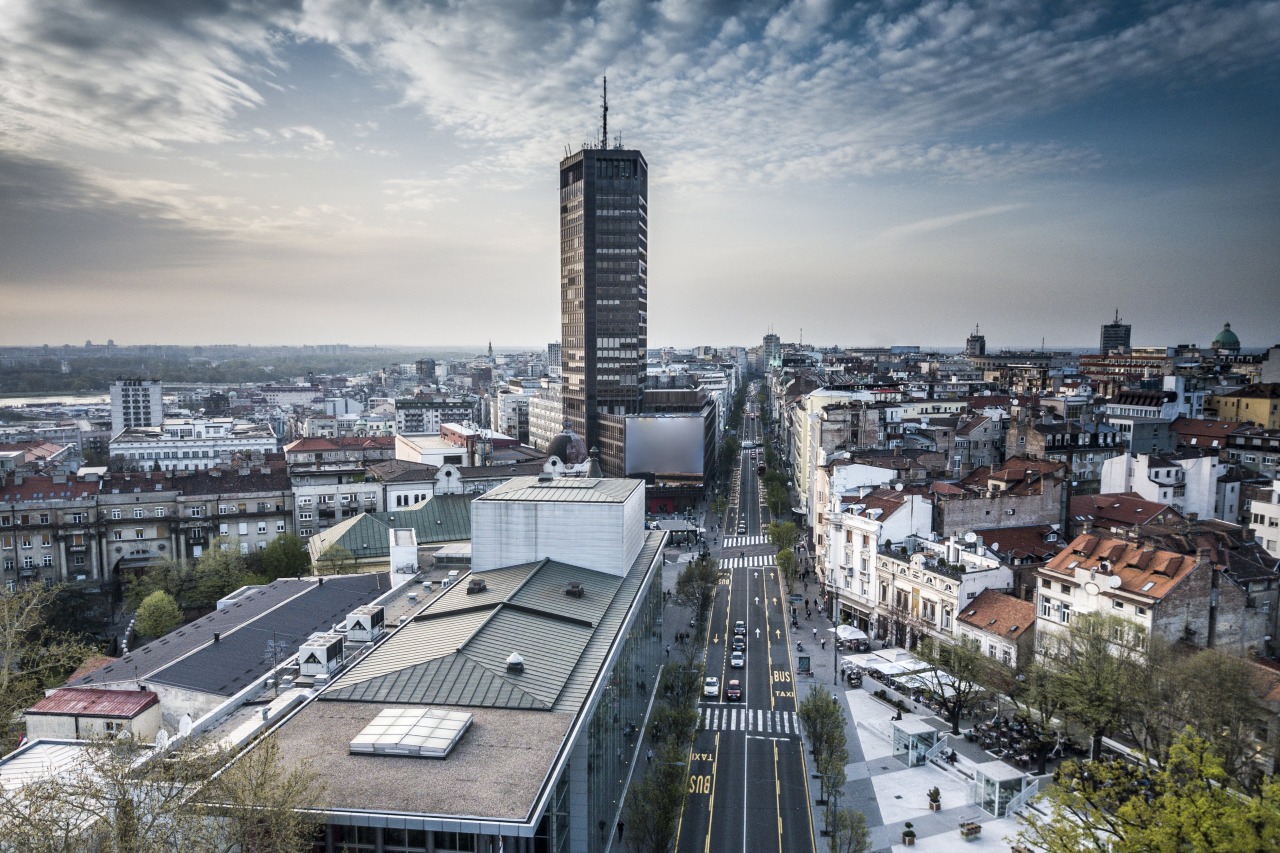
🎨 Student Cultural Center (SKC)
A hub of alternative art and youth culture since the 1960s. The SKC offers concerts, debates, exhibitions, and performances—making it a must-see for those interested in contemporary and underground art scenes.
🌐 Slavija Square
Once chaotic, now a landmark of modern urban design, Slavija Square is one of Belgrade’s busiest intersections. Its large fountain and central location make it a recognizable gateway to Vračar.
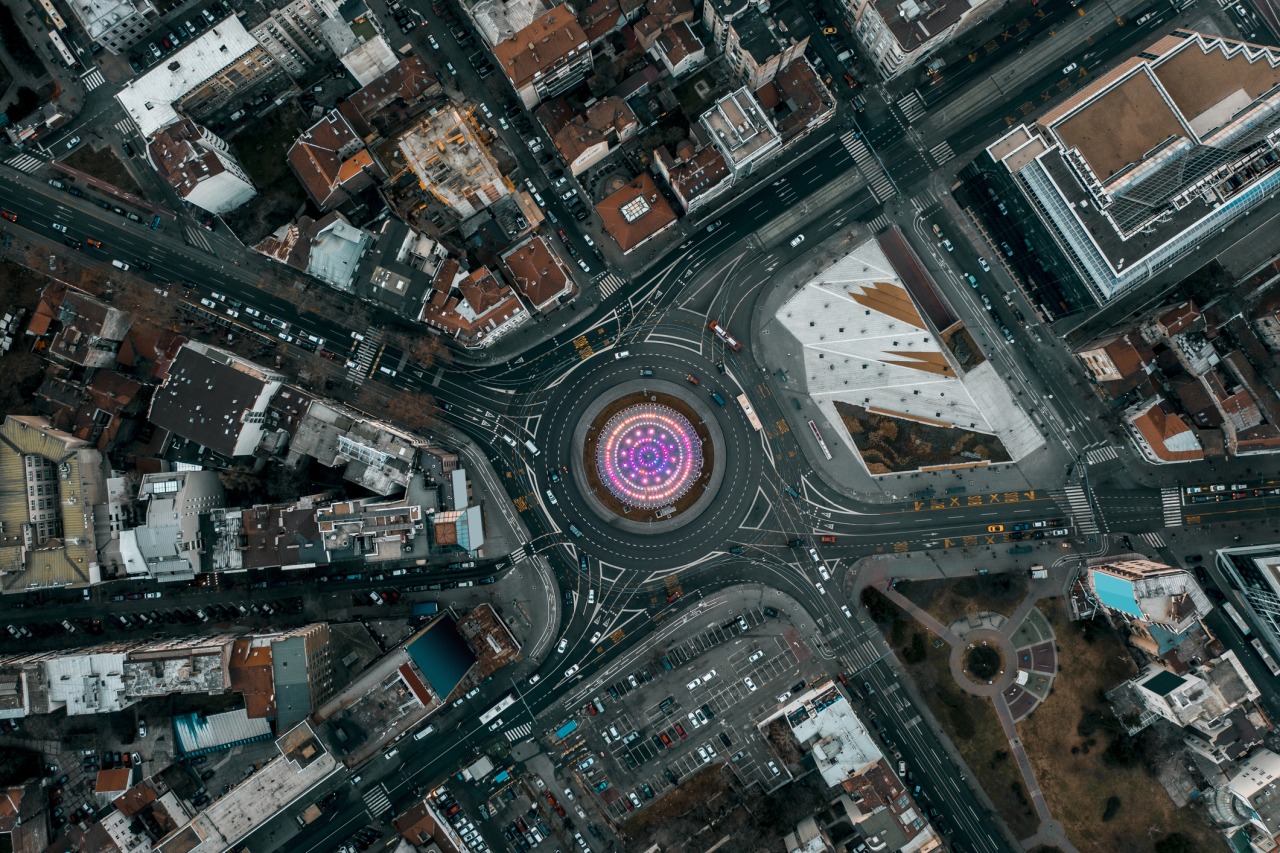
Interesting Facts About Vračar
- ✅ The highest natural point in Belgrade (134 meters above sea level) is located on the Vračar plateau.
- 🏛️ Serbia’s first modern observatory—today’s Astronomical Observatory of Belgrade—was built near Vračar in the late 19th century and remains an important scientific institution.
- ☕ Vračar is full of charming cafés—a paradise for coffee lovers and people watchers.
- 🛍️ Kalenić Market is the liveliest and most colorful market in Belgrade—a true blend of flavors, scents, antiques, and local stories.
Things to Do in Vračar
- ☕ Have a coffee on Cvetni Trg (Flower Square) – a stylish, open square perfect for soaking in the city atmosphere.
- 🛍️ Browse Kalenić Market – where you can shop for fresh produce, flowers, antiques, or just enjoy the colorful local vibe.
- 🚶 Take a peaceful walk around the Church of Saint Sava in the evening—its illuminated façade and surrounding fountains create a magical atmosphere.
- 🎭 Attend a performance at JDP or an exhibition at SKC and explore the local art scene.
- 📚 Visit the Tesla Museum and take part in one of the interactive science demonstrations.
- 🌿 Relax in Karađorđe’s Park—a green oasis with historic monuments and plenty of shade.
Vračar as a Symbol of Belgrade
Vračar is not just a neighborhood. It’s a living mosaic of history, spirituality, art, and urban life. Home to Serbia’s greatest church, its most beloved scientist, and some of its liveliest markets and cafés, Vračar captures the essence of Belgrade in one compact, unforgettable place.
Featured photo: Ivanbuki, CC BY-SA 4.0 https://creativecommons.org/licenses/by-sa/4.0, via Wikimedia Commons
Related Articles

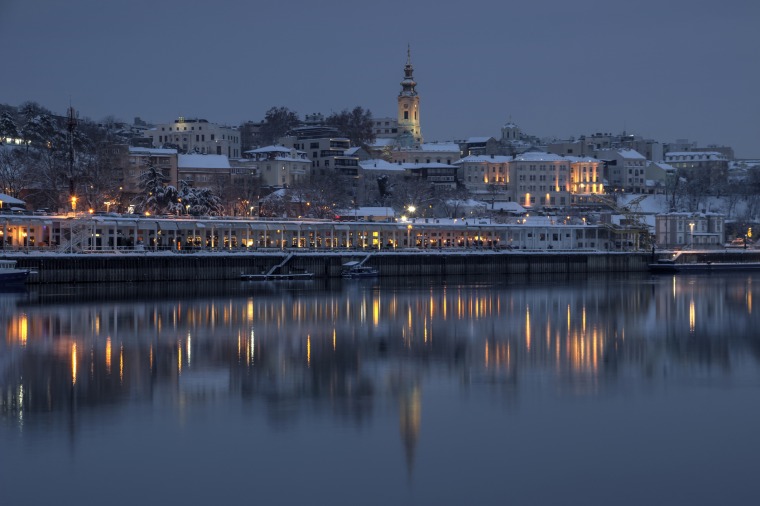
Belgrade in December: A City of Lights, Warmth, and Holiday Magic
December 5, 2025